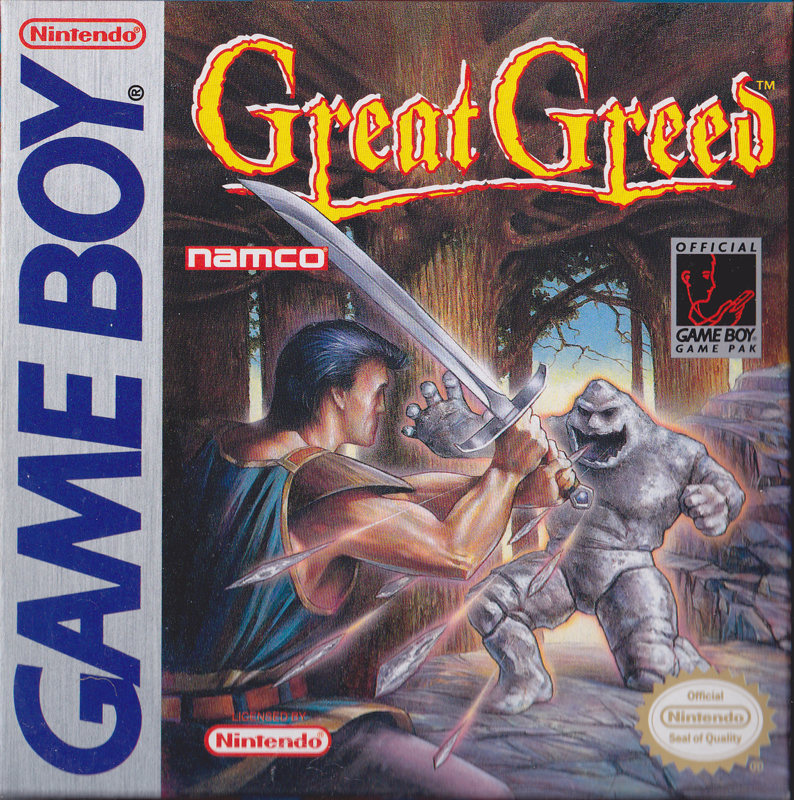Developer: Exidy
Publisher: Exidy
Release Date: 1982
I love the story behind this game’s strange name. It was originally supposed to be called Zipper. This name makes sense as the game is full of zippers. However, they discovered the name was already taken so they had to hastily change it. They changed it to Pepper and for unknown reasons added a II at the end despite it not being a sequel to anything. I guess they were worried that Pepper was too generic and that the Roman numerals would help it stand out. I suppose it worked because for years before I played it I knew there was a game out there called Pepper II and always wanted to check it out. I don’t know if I would’ve felt the same way if it was just called Pepper or even Zipper. I’m glad I finally played it too because it is yet another lost Colecovision classic.
Pepper II is maybe the best game on Colecovision that was never on another console. It’s a fast-paced and clever game that even works great with the Colecovision controller. It is a bit derivative though. It’s a maze game so of course there are touches of Pac-Man in it. It’s also a game about filling in squares so it’s a bit like Amidar. Unlike Amidar, however, Pepper II is fast and not nearly as geometric. The object of the game, just like its original name, is to zip up open zippers in a maze by moving over them. If you move backwards on one, it will unzip so you have to be careful. It was never much of an issue for me, but I was playing it on easy mode. You complete a section by filling up all four sides which makes the empty sections fill in. You are pursued by disembodied eyes and can defeat them by closing a section around a pitchfork. Hey what do you expect from a game called Pepper II? With a name that strange anything goes.
My favorite part of the game is that every level is split up into four maps. Getting tired of filling in the same old map? Just follow the path off the screen and you’ll find a different one. It sure blows Pac-Man out of the water with it’s one map ever. Maybe there is some sort of psychological element to it, but it really does make the game feel bigger and faster. I can’t believe how fast I can go while still being able to turn when I want to. Unlike Pac-Man I didn’t often get trapped in a corner. There always seems to be a way out of trouble, and there are plenty of pitchforks. It’s the perfect speedy maze game.
I always have a blast playing Pepper II, and it really is a great showcase for the Colecovision’s arcade capabilities. I really do get that exhilarating feeling that I get at a great arcade cabinet, and sure the visuals are simple, but they still look nice for what they are. It’s also managed to stay relatively cheap so if you have a Colecovision getting this game is a no-brainer. Pepper II finds itself all the way up at #20 on the list. It’s not quite as unique as Clu Clu Land, so it sneaks in just under that one. It’s been nice playing so many good games lately. I can only assume that every Colecovision game is good. I mean, I’ve like both of the ones I have played. I guess it’s time to go prove myself wrong.
Colecovision Quality Percentage: 2/2
1. Pepper II
2. Cabbage Patch Kids: Adventures in the Park
(Images are from mobygames.ccom)


.png)




.png)












